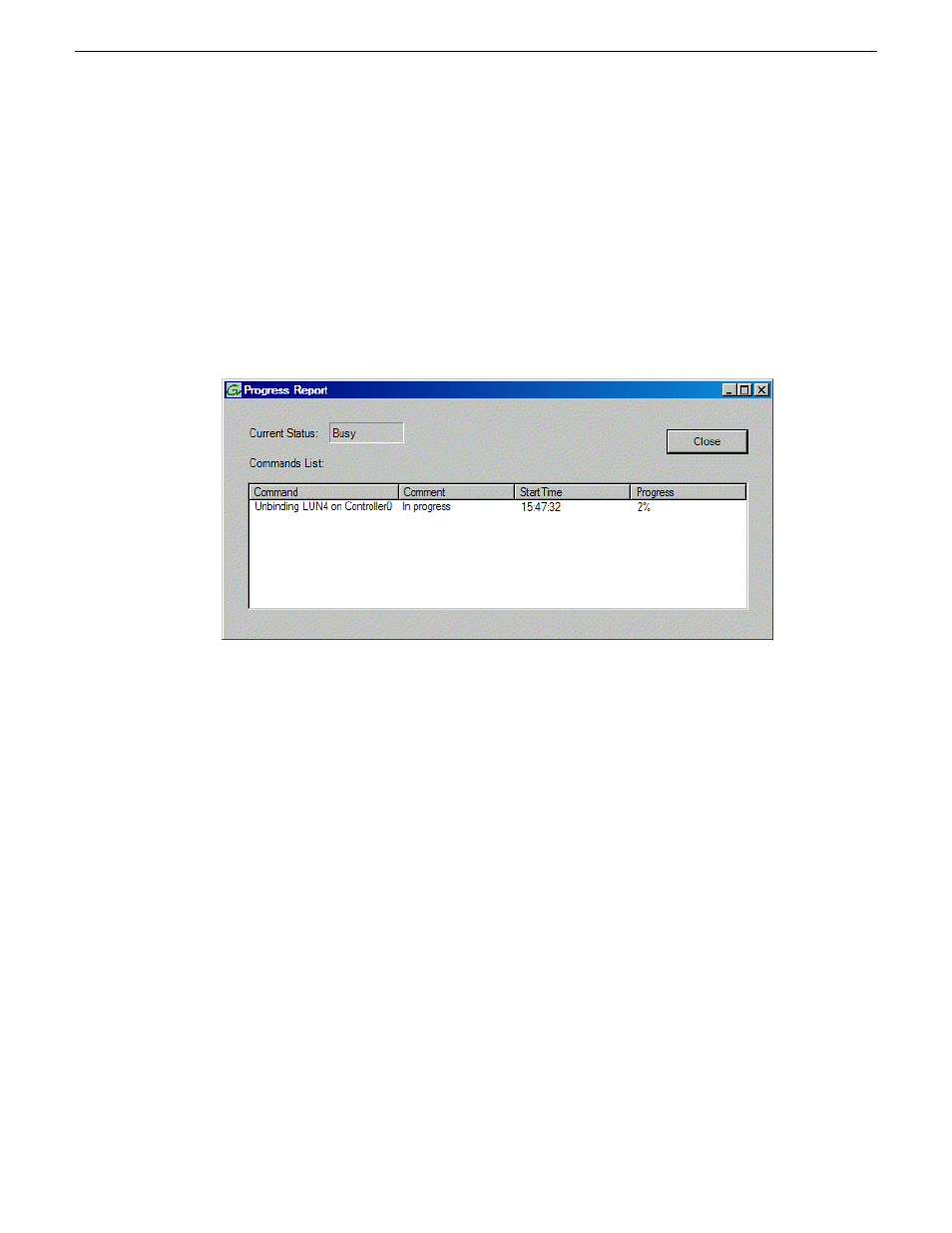Bind luns – Grass Valley K2 System Guide v.9.0 User Manual
Page 133

Refer to topics about direct-connect external storage before using this procedure on direct-connect
systems.
1. In the tree view, right-click the LUN and select
Unbind LUN
.
2. If online, messages appear “…offline mode now?” and “…continue?”. Click
Yes
to put the
system in offline mode.
AppCenter channels go offline.
3. When warning messages appear “…destroy all existing media…” and “Are you sure?”, click
OK
to continue.
4. The Progress Report opens and displays unbind progress.
5. When progress reports 100% complete, the LUN is unbound.
6. Restart the K2 system.
NOTE: On the K2 Media Client, remember that the LUN 0 (disks 0_0 and 0_1) is the system
drive. Do not attempt disk operations on the system drive.
Related Topics
on page 187
Bind Luns
When you bind a LUN, you select one or more unbound disks and create a new LUN. The Storage
Utility places this new LUN at the bottom of the list and numbers it accordingly. However, with
internal storage, disk numbers are enforced by the chassis slot in which the disk resides. Therefore,
depending on the number and sequence of LUNs created, it is possible that the LUN numbers and
the disk numbers do not match. When you create a new file system, this mismatched numbering
does not hamper functionality. However, to make the internal storage K2 system easy to service,
you should retain the correct numbering sequence. To do this you must unbind all media LUNs and
then bind disks in sequence. On a K2 Media Client, do not unbind LUN0, which is the system drive.
Refer to topics about direct-connect external storage before using this procedure on direct-connect
systems.
1. In the tree view, right-click the
Unbound
node and select
Bind LUN
.
06 November 2012
K2 System Guide
133
Managing Stand-alone Storage
